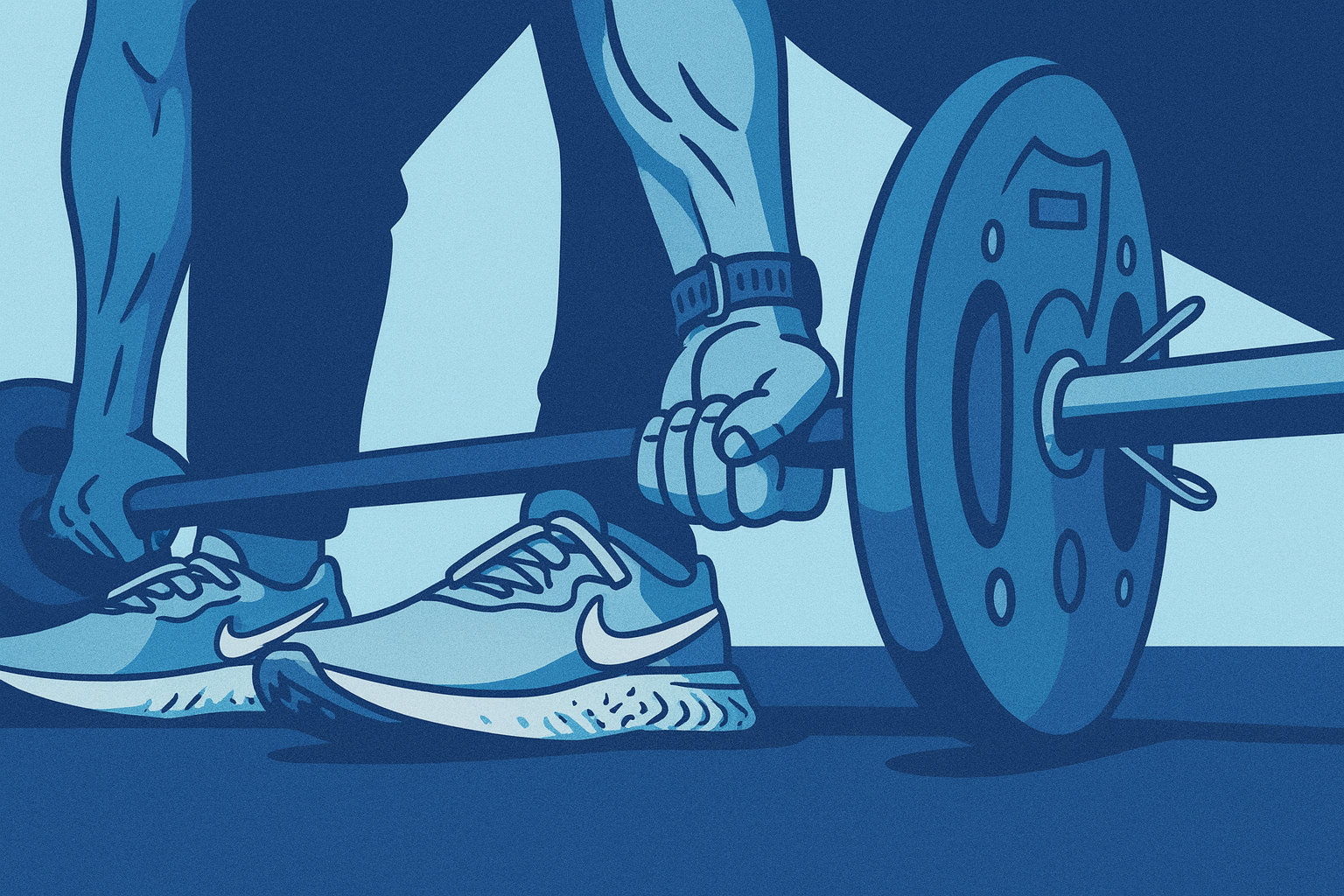The fitness world is flooded with influencers and trainers promoting the “ultimate” workout plan — whether it’s high-intensity interval training (HIIT), powerlifting, yoga, or CrossFit. These programs are often marketed as the magic solution to building muscle, losing fat, or achieving peak performance. But here’s the reality: There’s no single workout routine that works for everyone. Fitness, like nutrition, is deeply personal, and what works for one person might not work for another.
The Myth of the “Perfect” Workout
Fitness trends come and go, often driven by what’s marketable rather than what’s scientifically sound. Programs like 75 Hard, F45, or even marathon training are often sold as the “best” way to get in shape. But the truth is, no workout is inherently superior to another. The effectiveness of a fitness routine depends on your goals, body type, lifestyle, and even your mental health.
For example, someone who thrives on competition might love the intensity of CrossFit, while another person might find it overwhelming and prefer the mindfulness of yoga. Similarly, a powerlifter’s routine won’t suit someone training for a triathlon. The idea that one workout is universally better than others is a myth.
The Individual Nature of Fitness
Just as with nutrition, fitness is not one-size-fits-all. Your body’s response to exercise is influenced by genetics, lifestyle, and personal preferences.
Genetics: Your genetic makeup plays a significant role in how your body responds to exercise. Some people are naturally predisposed to excel in endurance sports, while others might find strength training more effective. For instance, someone with a higher percentage of fast-twitch muscle fibers might see better results from sprinting or weightlifting, while someone with more slow-twitch fibers might excel in long-distance running.
Lifestyle and Preferences: Your daily routine and personal preferences also matter. If you hate running, forcing yourself to do it every day is a recipe for burnout. On the other hand, if you love dancing, incorporating dance-based workouts like Zumba might make fitness feel less like a chore and more like fun. The key is to choose activities you enjoy and can stick with long-term.
Health Conditions: Your physical health also dictates the type of exercise that’s best for you. Someone with joint issues might need to avoid high-impact activities like running and opt for swimming or cycling instead. Similarly, a person with a heart condition might need to avoid extreme intensity workouts and focus on moderate, steady-state cardio.
The Science of Exercise: What Really Matters
No Universal “Best” Workout: Research shows that the benefits of exercise depend on consistency and adherence, not the type of workout. Whether you’re lifting weights, doing yoga, or cycling, the most important factor is sticking with it. Studies consistently show that any form of regular physical activity improves cardiovascular health, builds muscle, and boosts mental well-being.
Sustainability is Key: Just like with diets, the best workout plan is one you can maintain over time. Extreme programs that promise quick results often lead to burnout or injury. A balanced approach that includes strength training, cardio, and flexibility work is more likely to yield long-term success.
Progressive Overload: Regardless of the type of exercise, the principle of progressive overload — gradually increasing the intensity or volume of your workouts — is essential for continued progress. This can mean lifting heavier weights, running longer distances, or holding a yoga pose for more extended periods.
The Importance of Balance and Variety
Instead of fixating on one type of exercise, aim for a balanced routine that includes strength training, cardiovascular exercise, and flexibility work. This approach ensures you’re building muscle, improving heart health, and maintaining mobility.
For example, a well-rounded weekly plan might include:
- Strength Training: 2–3 days per week to build muscle and boost metabolism.
- Cardio: 2–3 days per week to improve cardiovascular health and burn calories.
- Flexibility/Mobility: 1–2 days per week to prevent injury and improve range of motion.
Personalization is the Key to Success
The best workout plan is the one that aligns with your goals, fits into your lifestyle, and makes you feel good. Experiment with different types of exercise to see what you enjoy and what works for your body. Pay attention to how you feel during and after workouts — do you feel energized, strong, and motivated, or exhausted and sore?
If you’re unsure where to start, consider working with a certified personal trainer who can help you design a program tailored to your needs. Remember, fitness is a journey, not a destination.
A Sustainable Approach to Fitness
When it comes to fitness, consistency trumps intensity. A sustainable routine that you can maintain over time is far more effective than an extreme program that leaves you burned out. Focus on progress, not perfection. Whether you’re lifting weights, running marathons, or practicing yoga, the key is to stay active and enjoy the process.
Conclusion
The idea that one workout routine is superior to all others is a myth. Fitness, like nutrition, is deeply personal. The best workout is the one that fits your goals, lifestyle, and preferences. Instead of chasing the latest trend, focus on building a balanced, sustainable routine that supports your overall well-being. After all, the goal of fitness isn’t just to look good — it’s to feel good, move well, and live a healthier, happier life.
